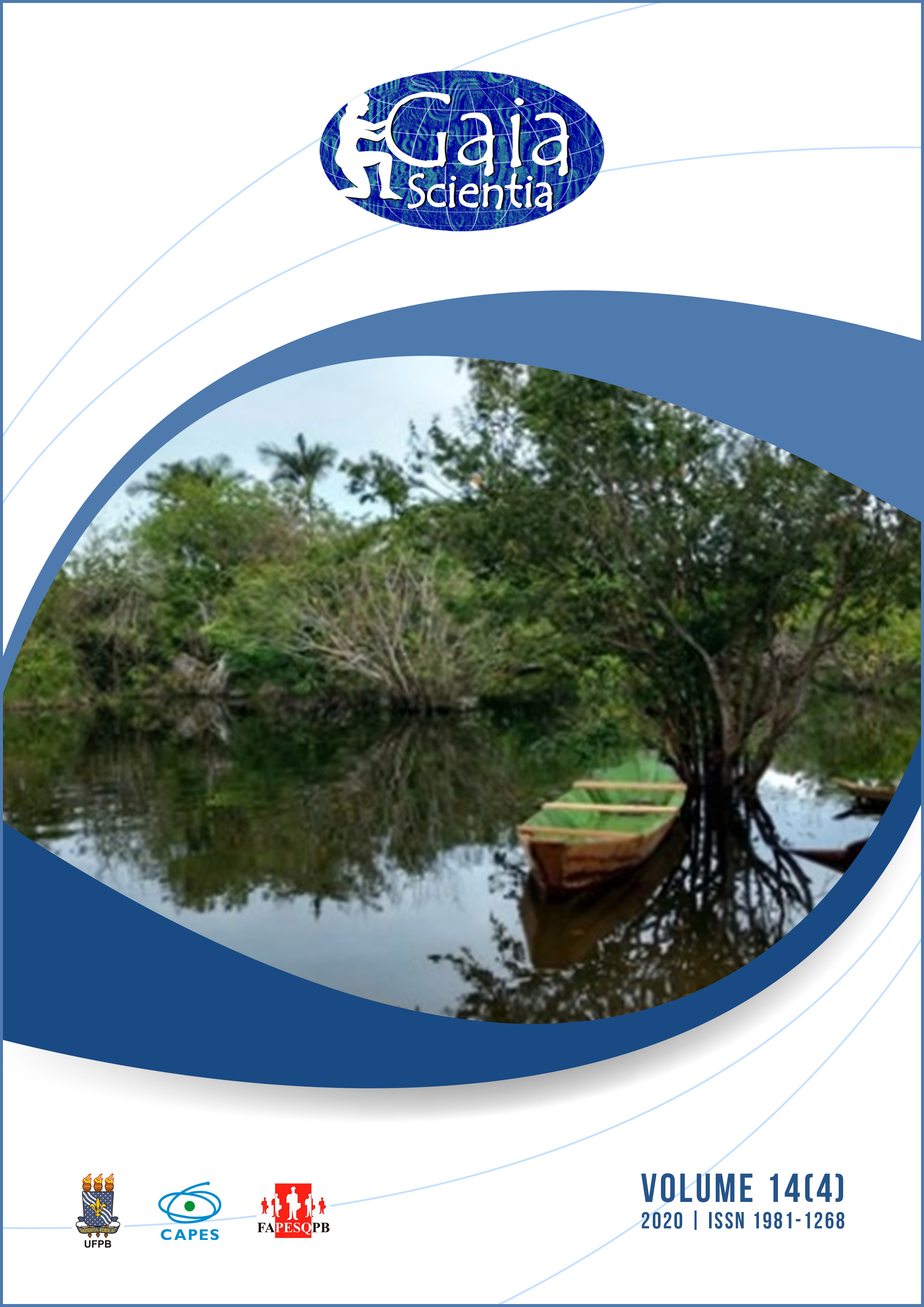Impacts of hydroelectric plants on amazon fishery resources: the cases of Tucuruí and Belo Monte
DOI:
https://doi.org/10.22478/ufpb.1981-1268.2020v14n4.51868Abstract
Hydroelectric plants (HPP) generate a significant portion of the electricity consumed in Brazil and the number of these projects is expected to increase to meet the growing demand. However, the severity of impacts on biodiversity and the native population can make its cost-efficiency unviable. The greatest Brazilian potential for hydroelectric exploitation is in the Amazon, a biome where a fishing activity has a relevant socioeconomic role for food production and generation of remunerated activity. Therefore, the Tucuruí HPP and most recently the Belo Monte HPP are emblematic experiences of change in the dynamics of fishing activity and fish stocks. They can guide the mitigation of impacts through the definition of compensations and the establishment of conditions for licenses environmental impacts of future projects and even those already installed, in addition to guiding the preparation of management plans for conservation units. This study surveys the compacted impacts of the construction of the Tucuruí and Belo Monte HPP on the fishing resources in its influence area. In Tucuruí, the effects were synthesized from more than 30 years of available information, while in Belo Monte the requirements in terms of conditions and compensations of the environmental licensing process were emphasized.










